Skulptur Projekte Münster Revives a Love Affair Between the Public and Public Art
by Chelsey Sanchez
A city that protested against a public art installation - a flippant dismissal of the contemporary in favor of the traditional - ended up birthing a decennial celebration of modern artwork. Located in northwest Germany, Münster rebuilt much of itself from the ashes of World War II to look as it had before the war had ever touched it. The arrival of a sculpture publicly installed by George Rickey in 1970 prompted public outcry, which, in turn, prompted Kasper König and Klaus Bussmann to create a city-wide, 100-day art exhibition, with the first edition of Skulptur Projekte Münster debuting in 1977.
Since its conception, Skulptur Projekte Münster has launched five editions, with its most recent one beginning this past June 10th. The current fifth edition will run until October 1, 2017.
Rooted in controversy, Skulptur Projekte Münster aims to foster a sense of education and empathy within its audiences, where viewers can both understand and crusade for art’s significance in public spheres. Art doesn’t just occupy space, as its website explains, it creates space.
This edition’s co-curators, Britta Peters and Marianne Wagner, have centered this exhibition on an ever-growing digitalized and globalized world - a society today compounded by a constant stream of different platforms, visuals, and media, and a society miles and miles away from the war-ravaged and art-dismissive city that Münster used to be.
Written by Chelsey Sanchez
Featured Image: Nicole Eisenman, Sketch for a Fountain ©Skulptur Projekte 2017. Photo by Henning Rogge
